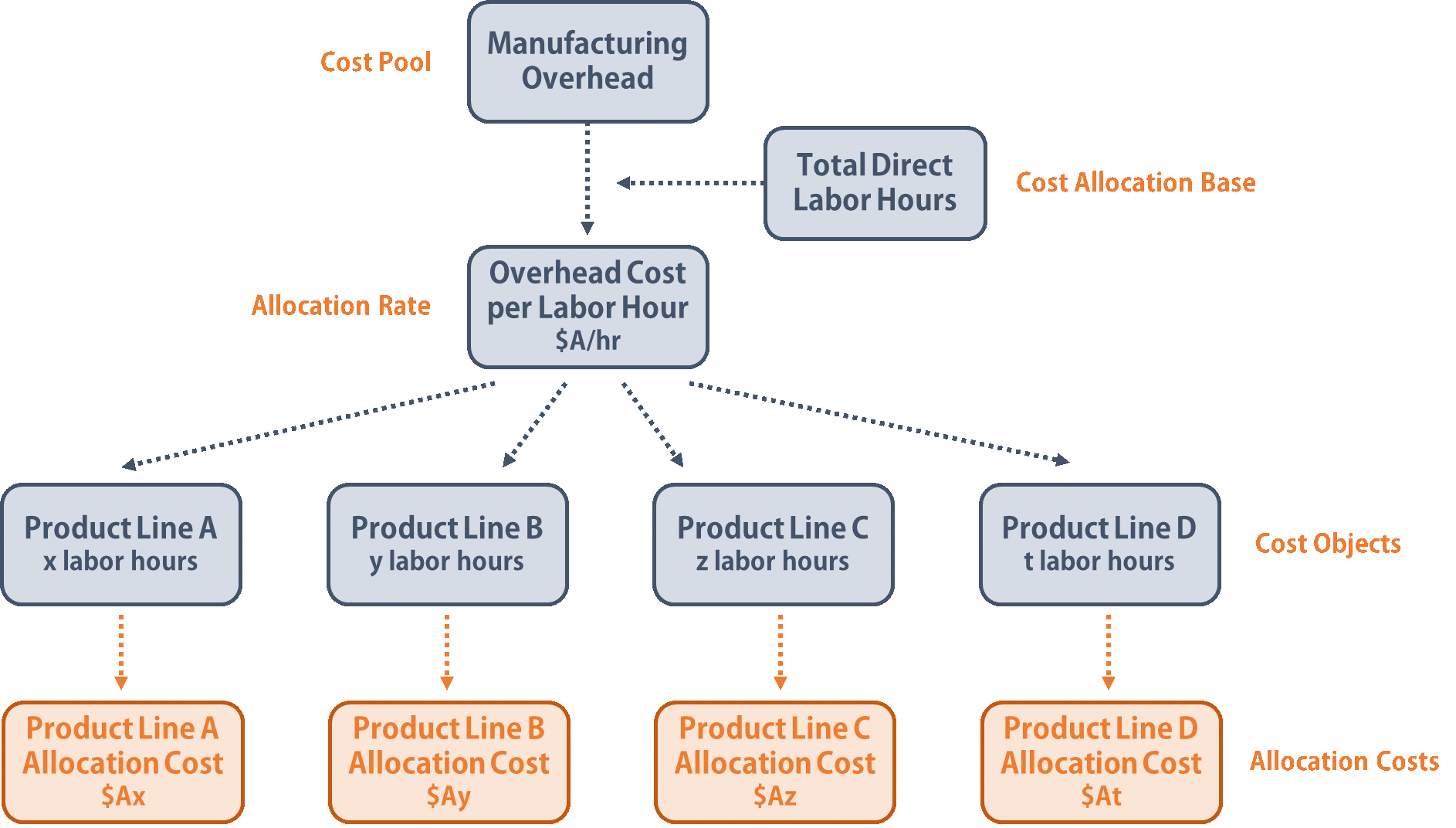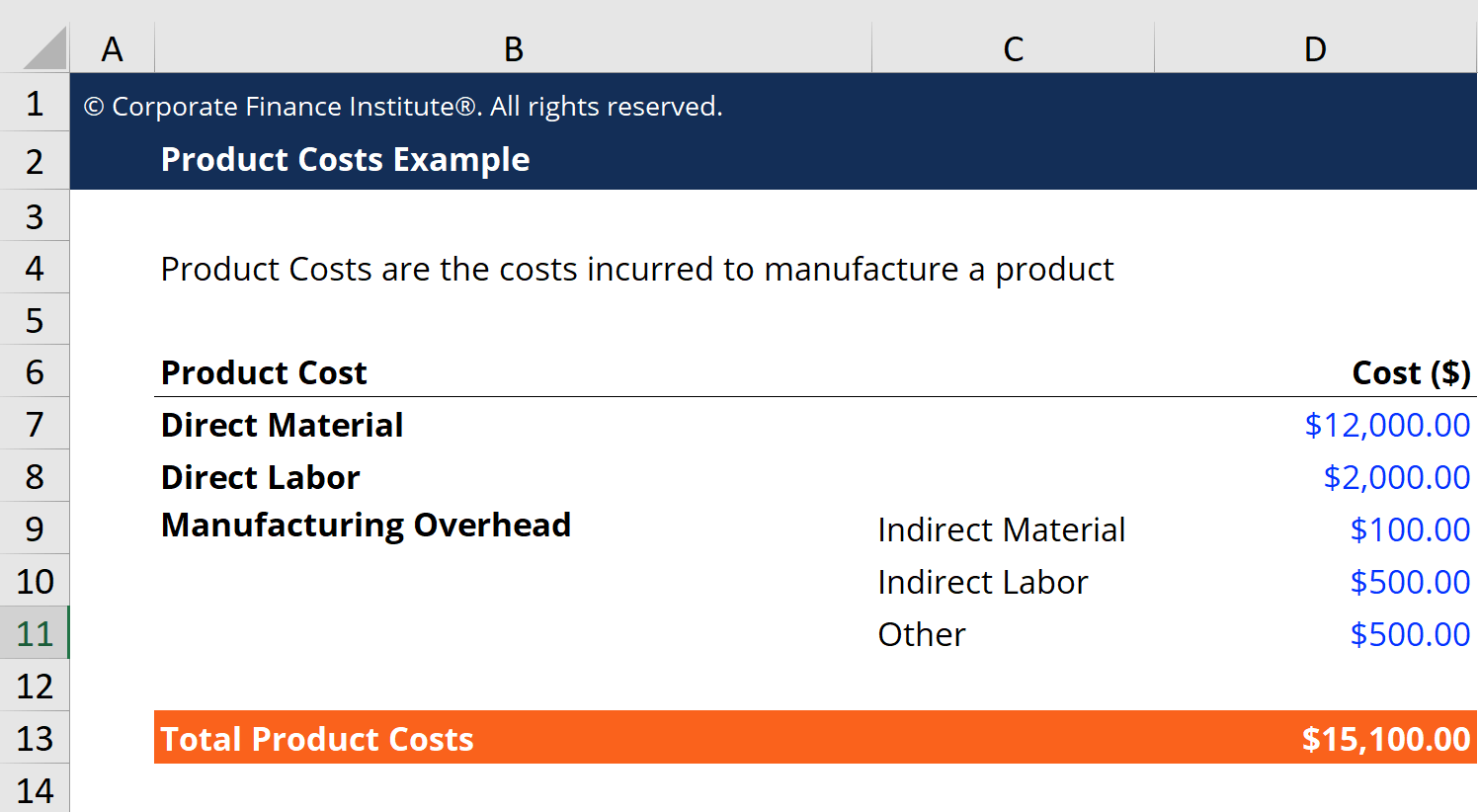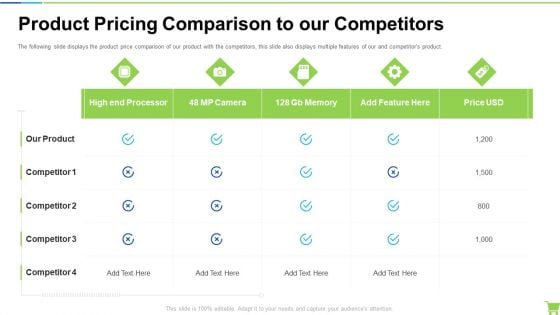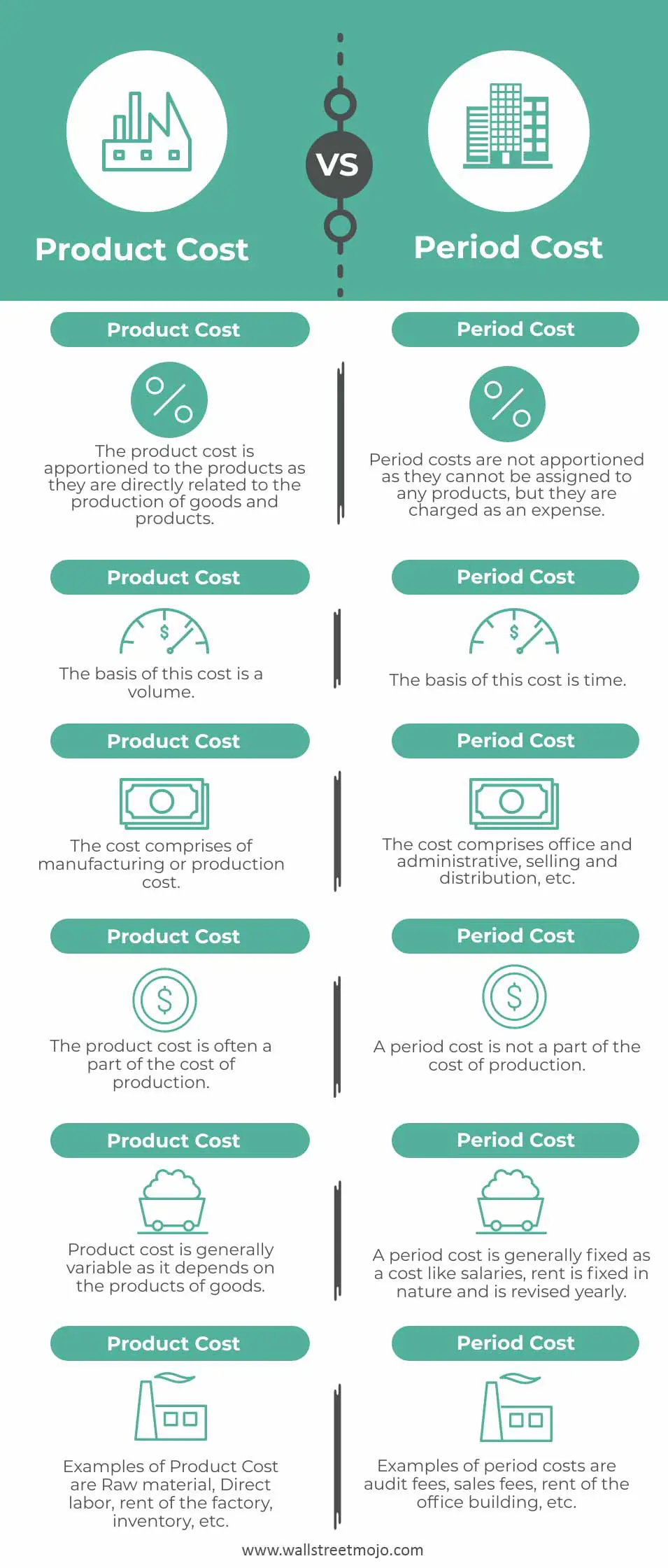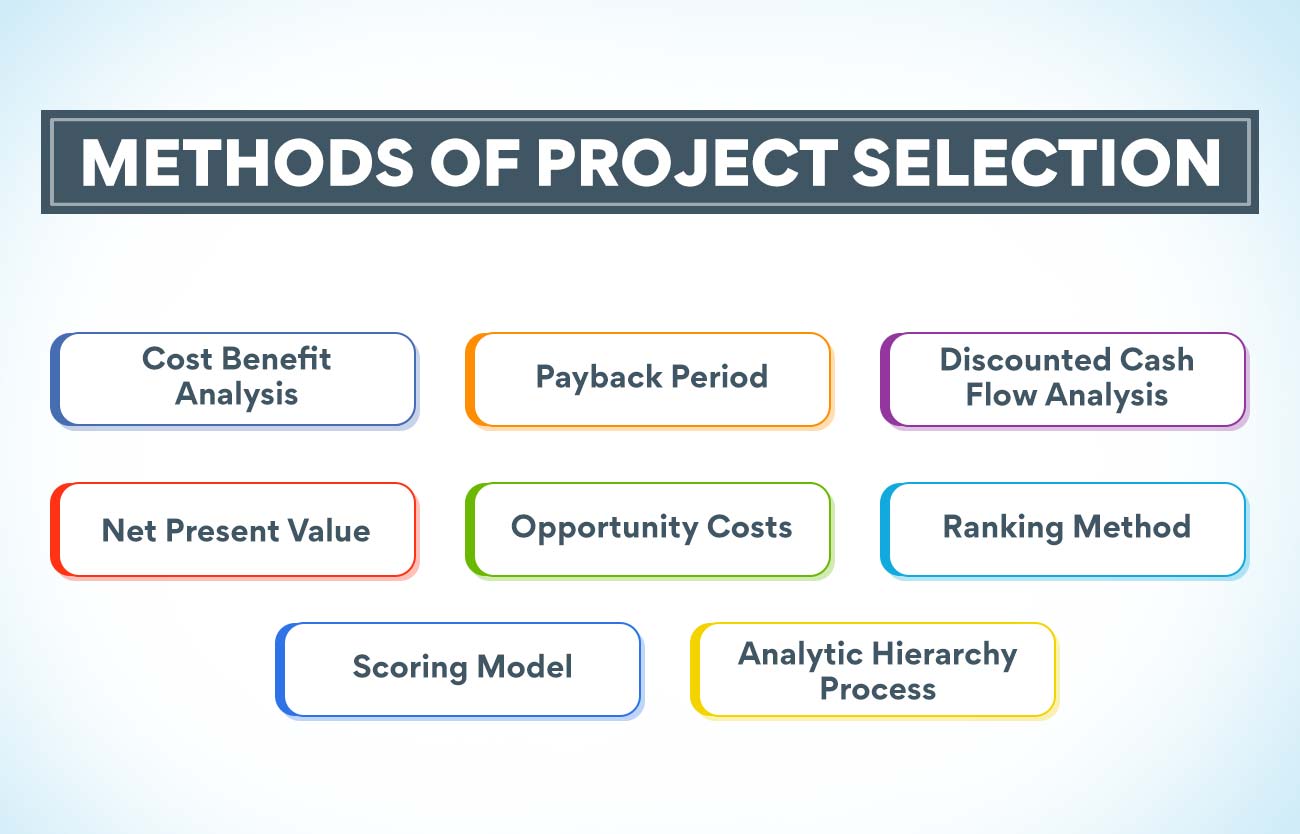How To Decide What To Charge For A Product
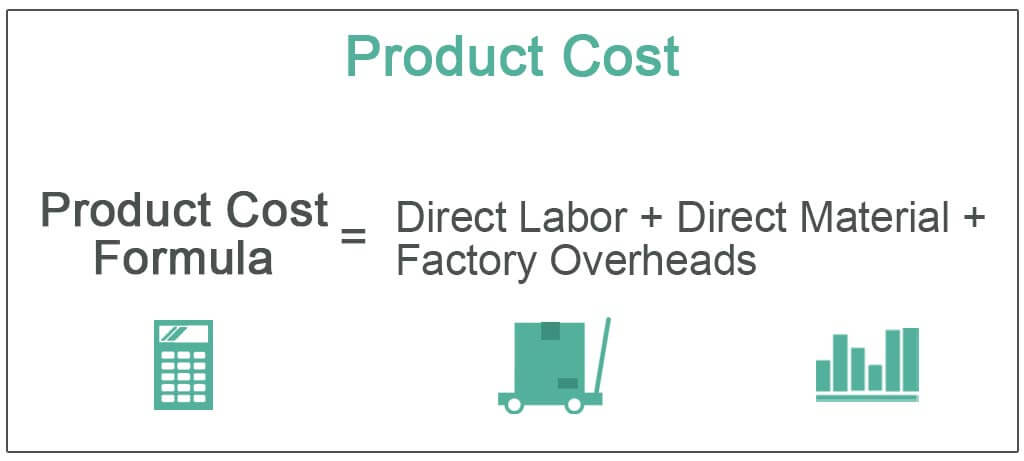
Pricing a product can feel like an art as much as a science. Business owners, especially those just starting out, often struggle with finding the sweet spot that balances profitability with attracting customers.
This article explores the multifaceted process of determining a product's price, delving into key considerations and strategies that can help businesses, both large and small, navigate this crucial aspect of their operations.
Understanding Your Costs
The foundation of any pricing strategy lies in understanding your costs. Cost-plus pricing, where you calculate the total cost of producing a product and add a markup for profit, is a common starting point.
These costs should include both fixed and variable expenses. Fixed costs, such as rent and salaries, remain constant regardless of production volume, while variable costs, like raw materials, fluctuate with each unit produced.
Accurately tracking these expenses is essential for avoiding losses and ensuring long-term sustainability.
Analyzing the Market
Beyond internal costs, understanding the external market is critical. Competitive analysis involves researching the prices of similar products offered by competitors.
This research helps establish a price range and identify opportunities to differentiate your product. Consider factors like brand reputation, product features, and perceived value when comparing your offerings to the competition.
A thorough market analysis provides valuable insights into what customers are willing to pay.
Value-Based Pricing
Value-based pricing focuses on the perceived value of the product to the customer. This approach acknowledges that price isn't the only factor influencing purchasing decisions.
Customers are often willing to pay more for products that offer superior quality, unique features, or exceptional customer service. Communicating the value proposition effectively is key to justifying a higher price point.
Understanding customer needs and tailoring the product and messaging accordingly allows for pricing that reflects the perceived value.
Pricing Strategies
Several pricing strategies can be employed depending on your goals and market conditions. Penetration pricing involves setting a low initial price to gain market share quickly.
Conversely, skimming pricing entails launching a product at a high price to capture early adopters willing to pay a premium. Psychological pricing uses techniques like ending prices in ".99" to create the perception of a lower price.
Choosing the right strategy depends on the product, target market, and competitive landscape. Experimentation and data analysis are often necessary to determine the most effective approach.
The Psychological Aspect of Pricing
Pricing is not just about numbers; it's also about psychology. Consumers often make purchasing decisions based on perceived value and emotional appeal.
For example, studies have shown that consumers often associate higher prices with higher quality. Understanding these psychological factors can help businesses optimize their pricing strategies and influence consumer behavior.
Carefully consider how your pricing communicates value and influences purchasing decisions.
Monitoring and Adjusting
Pricing is not a one-time decision. It requires continuous monitoring and adjustments based on market conditions, competitor actions, and customer feedback.
Tracking sales data, analyzing customer reviews, and monitoring competitor pricing changes are essential for staying competitive. Be prepared to adjust your pricing strategy as needed to maximize profitability and maintain market share.
Regularly evaluating and refining your pricing strategy ensures it remains aligned with your business goals and market realities.
The Long-Term View
The most important thing to remember is to consider the long-term health of your business. Setting prices that are too low might attract customers in the short term, but it can also damage your brand and make it difficult to raise prices later on.
According to the Small Business Administration (SBA), a poorly defined pricing strategy is a common reason why small businesses fail.
Focusing on profitability and sustainable growth is essential for long-term success.
Determining the right price for a product is a complex process that requires careful consideration of costs, market dynamics, and customer behavior. By understanding these factors and implementing appropriate pricing strategies, businesses can maximize profitability, attract customers, and achieve sustainable growth.
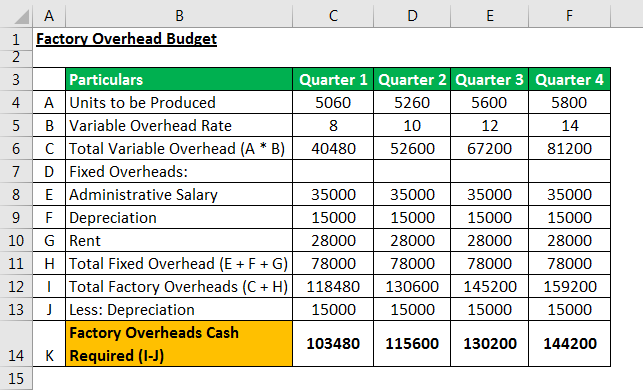
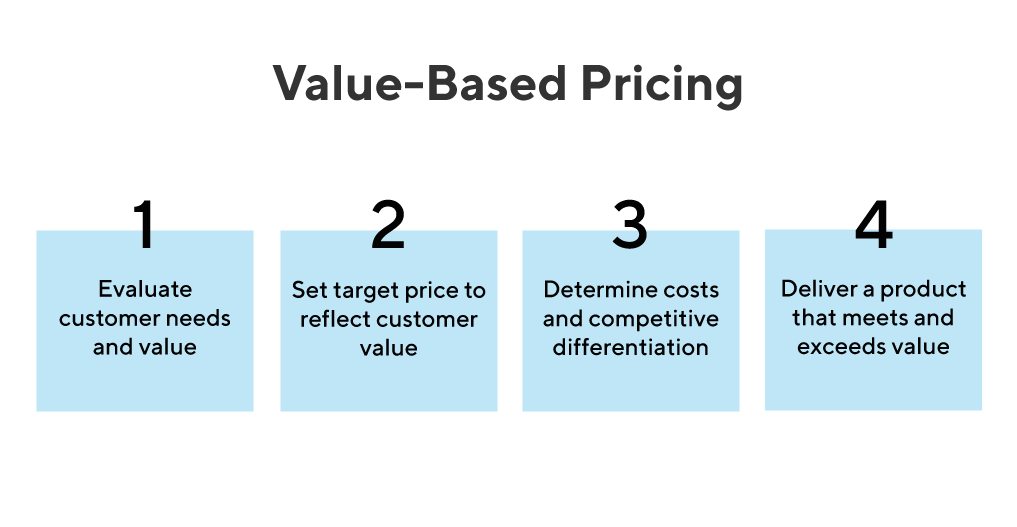
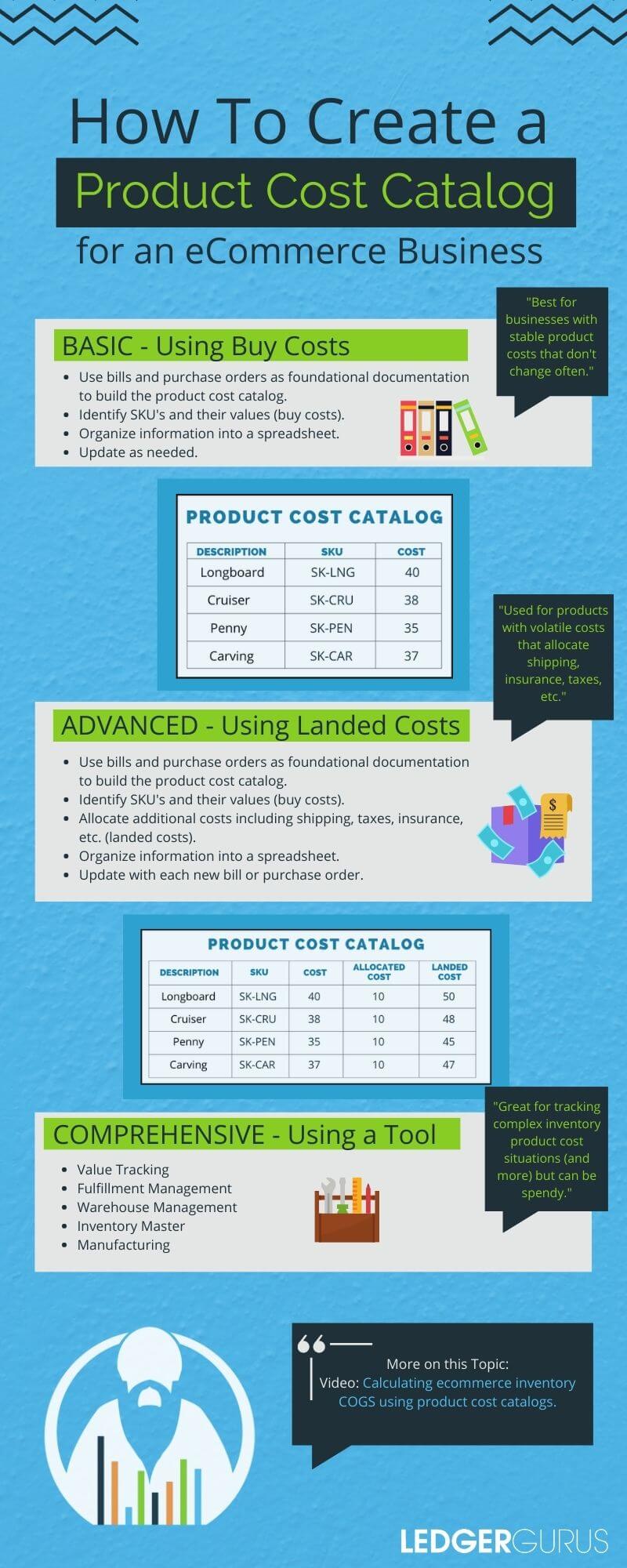


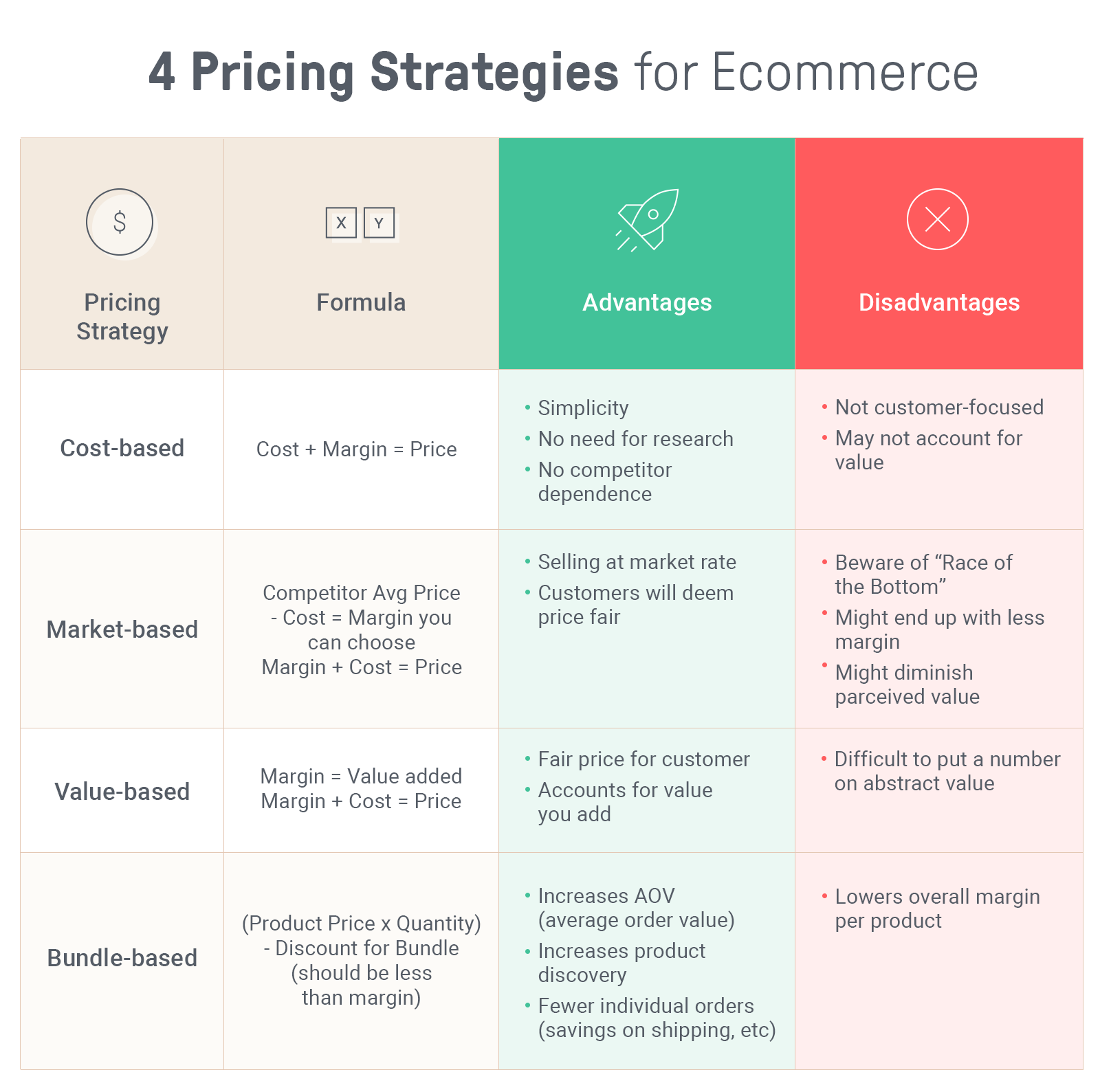
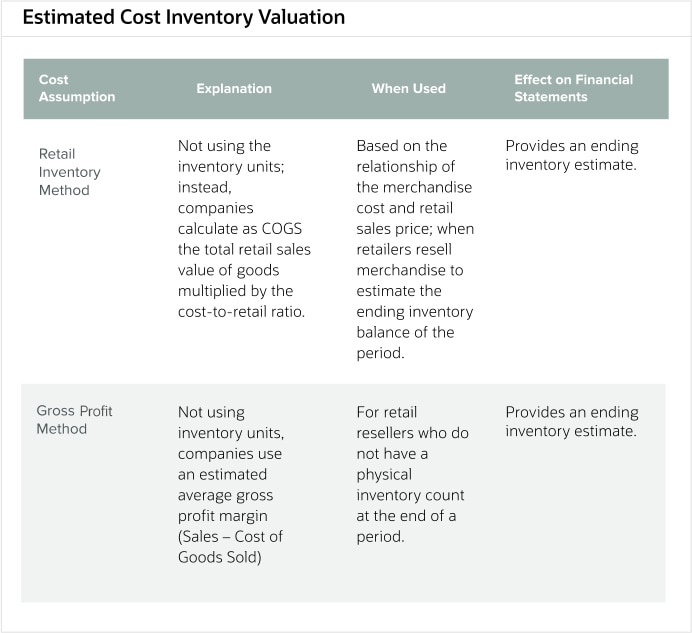
![How To Decide What To Charge For A Product How to Price A Product [Free Calculator & Formulas] - OnlineLabels.com](https://images.onlinelabels.com/images/learning-center/articles/product-pricing-calculator-example.jpg)



